Project-Based Learning at HTH
These projects are examples of the work that is done at all of the High Tech High Schools. It is our record of what we have done and how to get there. Teachers can utilize this to display what they have done with their students, and get ideas from others teachers. Students can show their parents and friends the work that they have done, and the community can see how project based learning enables students to do and learn. Please enjoy the projects and videos.
Browse Projects
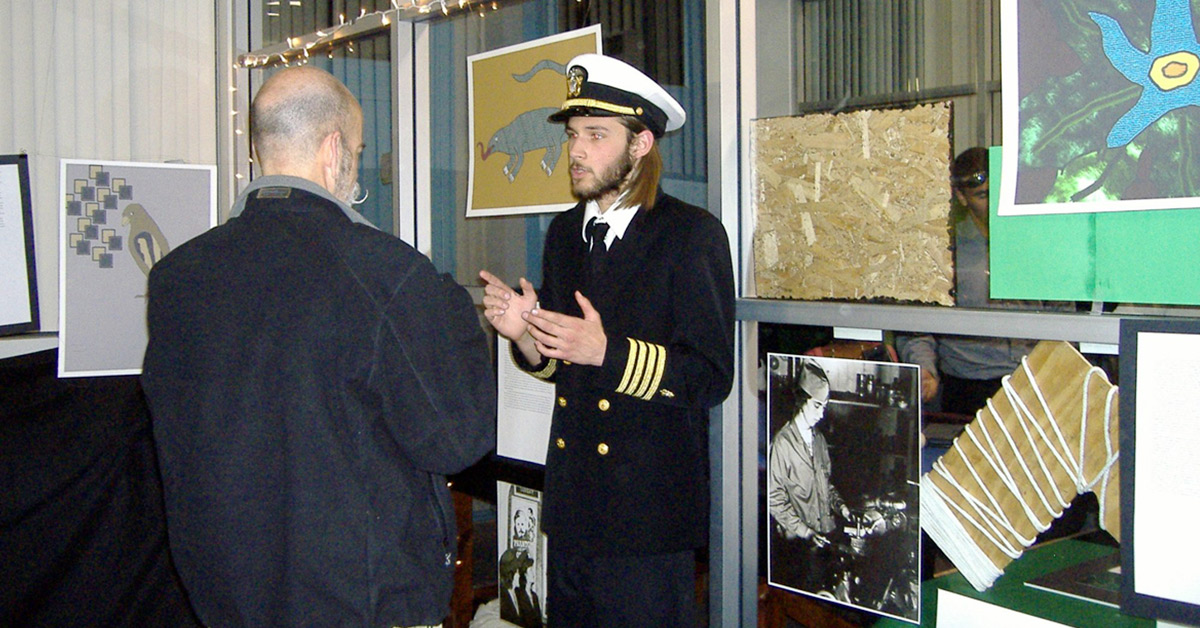
Students will study the history and influence of maritume culture.
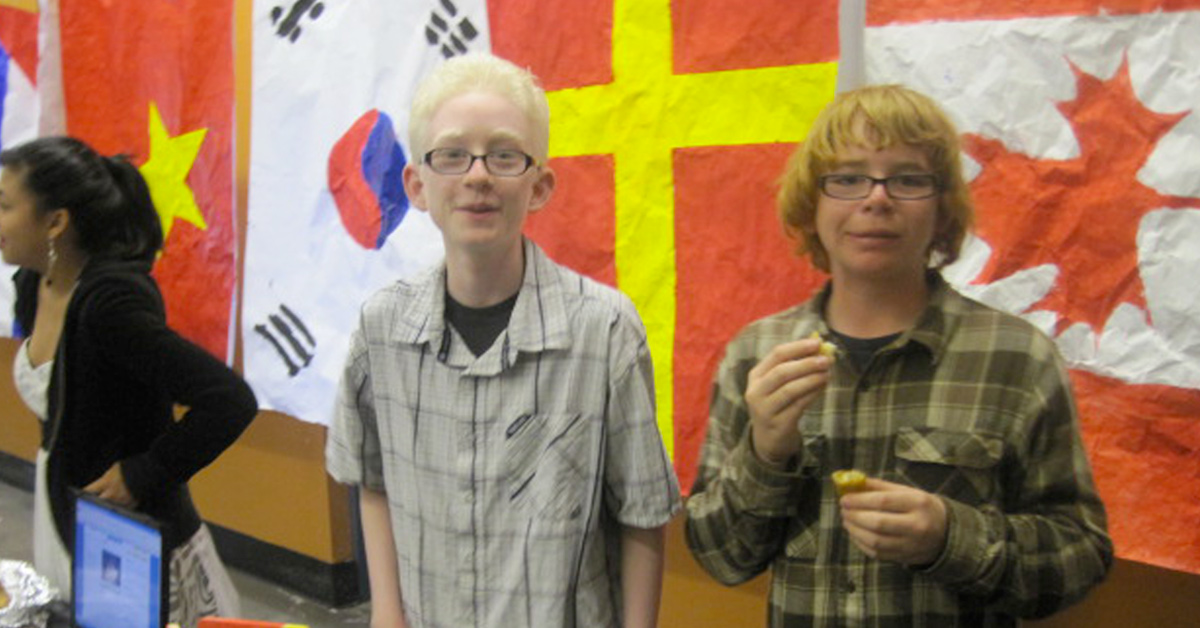
Students will become historians as they research the life of a “new American.”
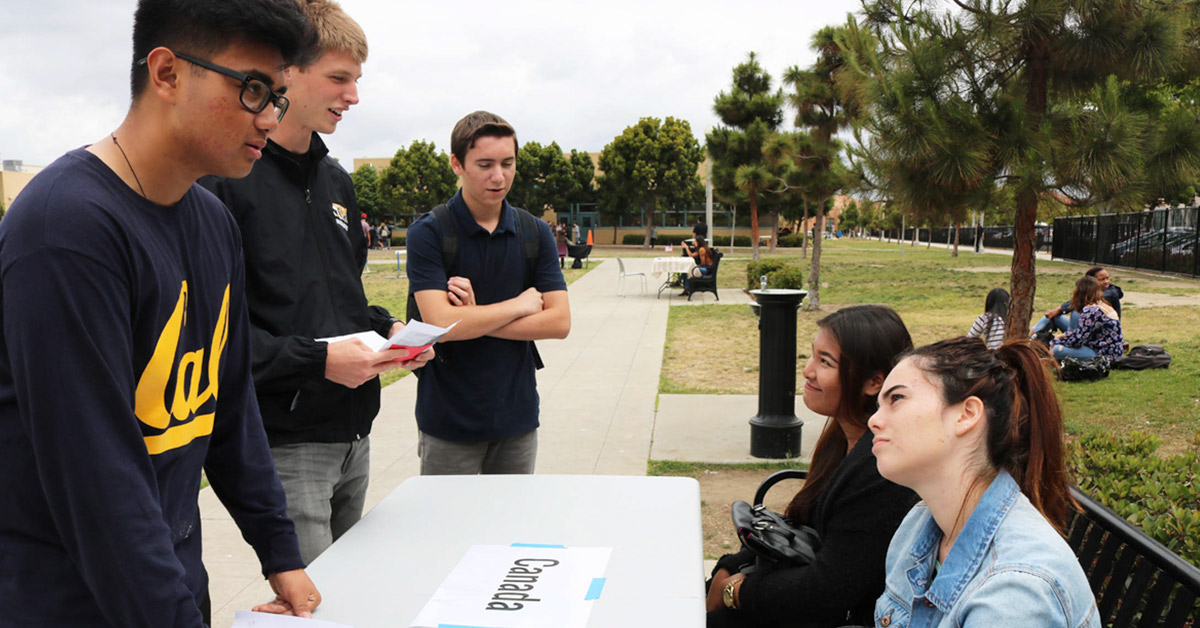
In this student-created and student-run simulation, participants took on the roles of Syrian citizens forced to leave and seek refuge in another country.
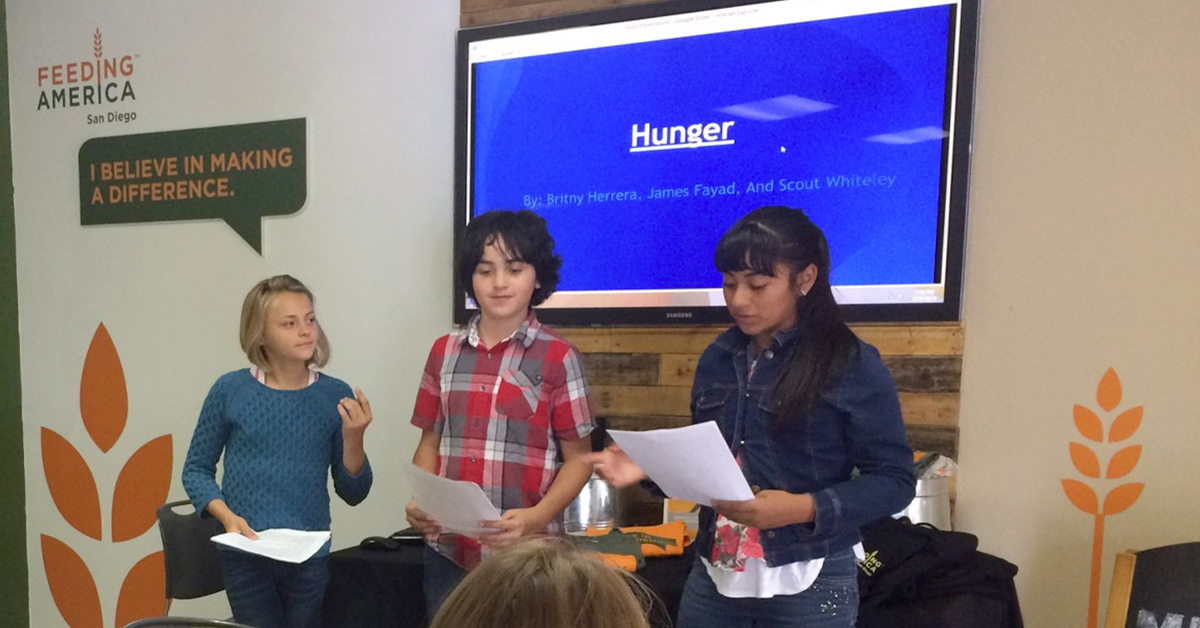
What issues and problems does San Diego and its people face? How can I use empathy and compassion to make a positive difference in my community?
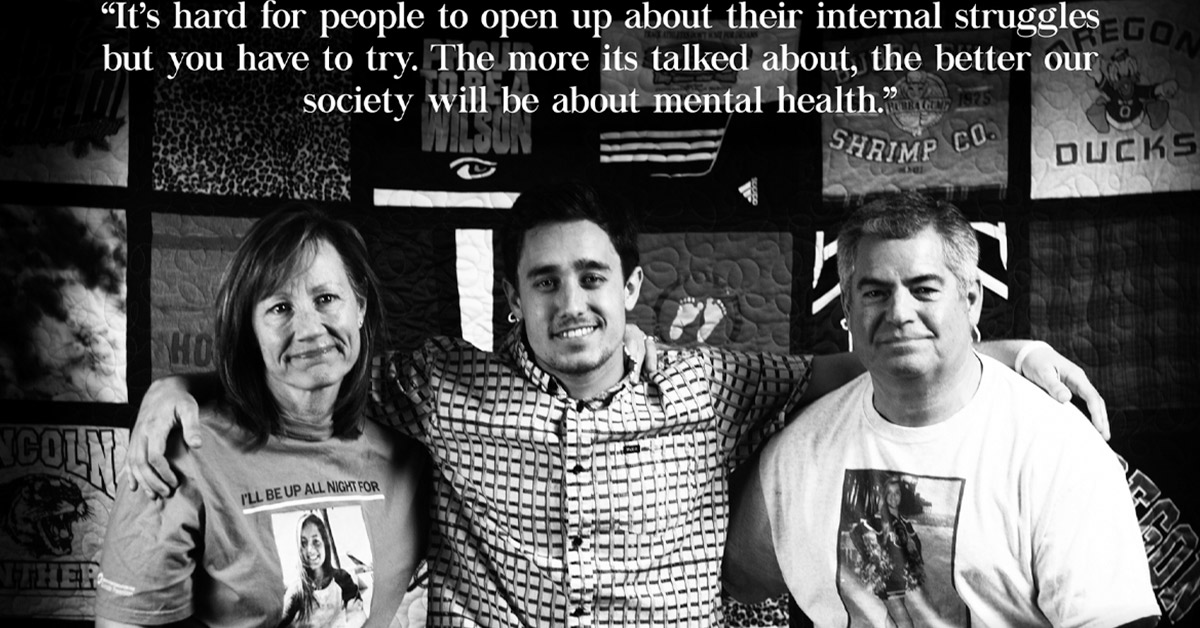
After learning that suicide was the second largest killer of young people, and the growing need for education about mental health, students partnered with families to discuss their loss of a loved one on camera for a student-run video and banner campaign.
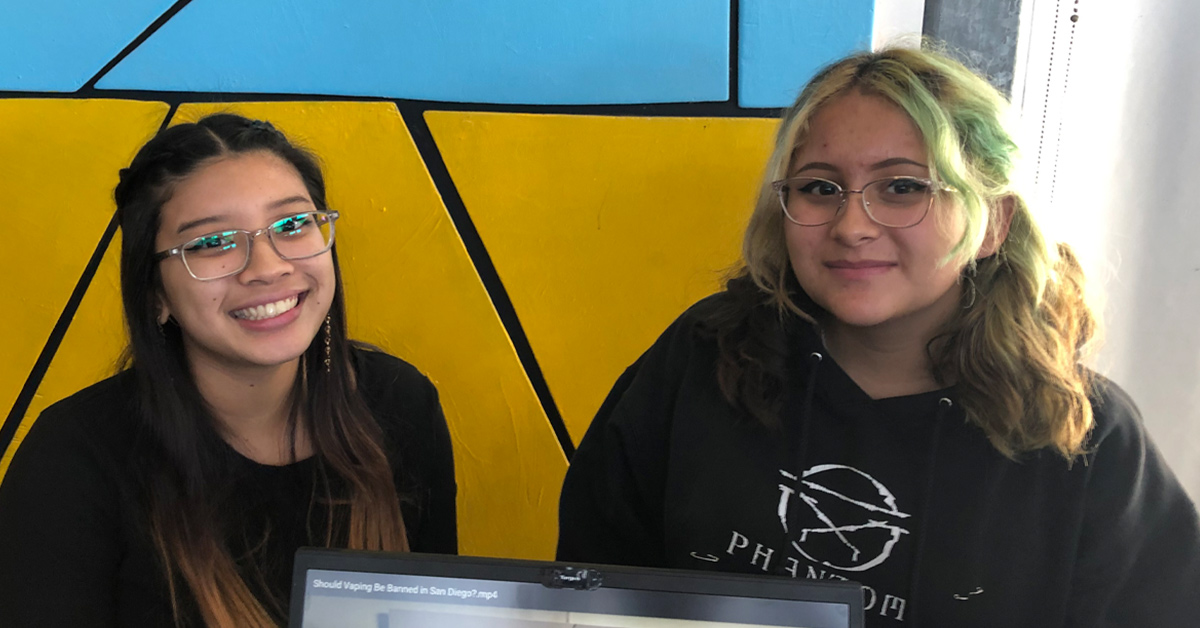
What should the public know about drugs today? How can we inform them?
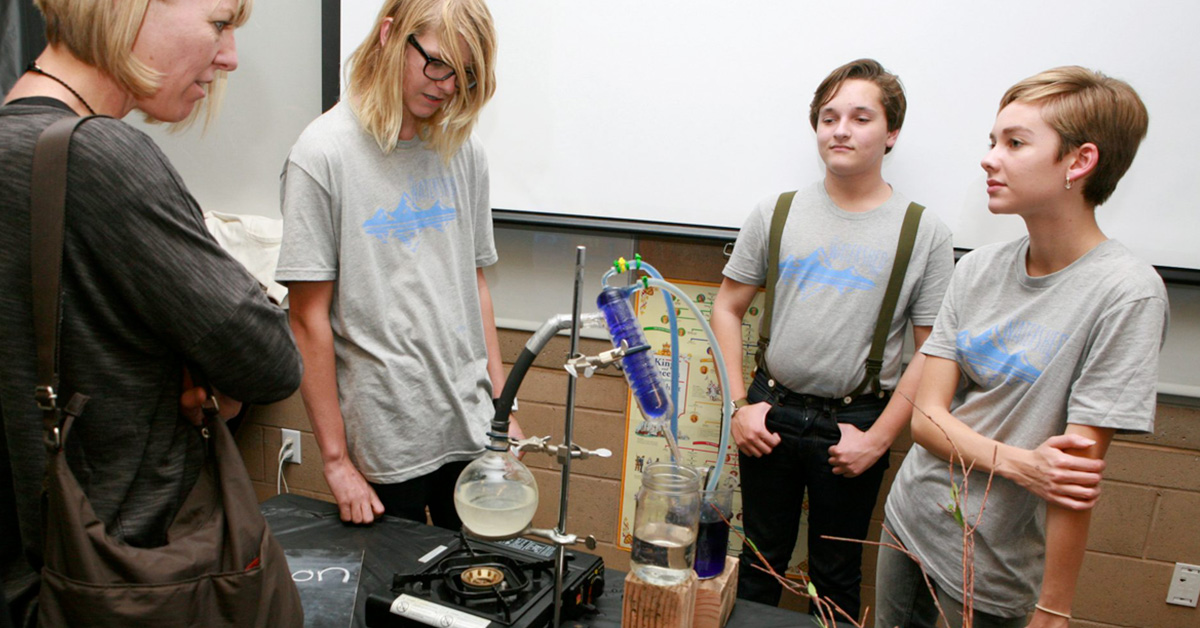
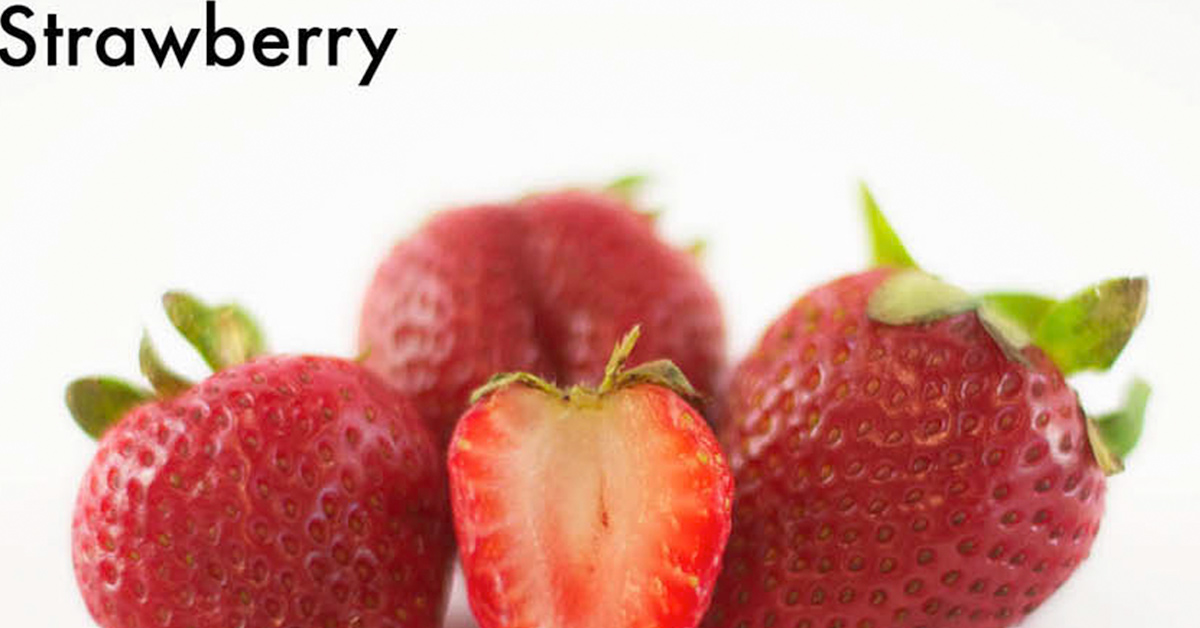
In this project, students chose a “food philosophy” and kept a journal of all they ate for the eight weeks of their study. They interviewed family members about favorite recipes and their history, tried them out, and wrote a cookbook containing the best of them.
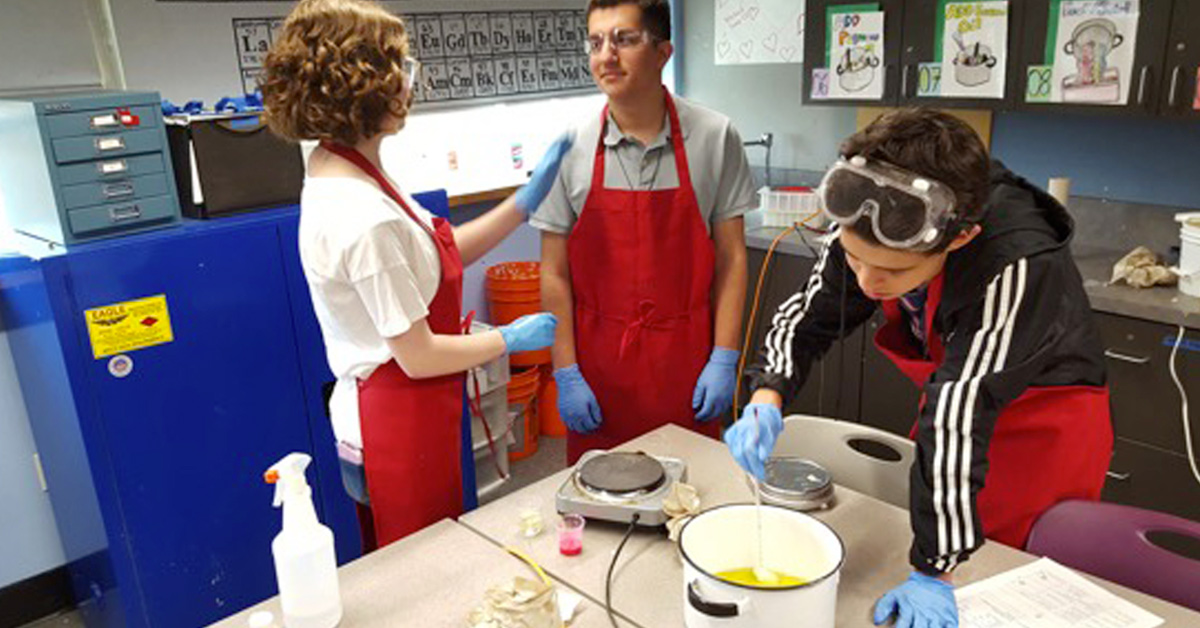
Students in the Wicked Soap Company use the engineering design process to make and then sell amazing soap.
Browse Projects
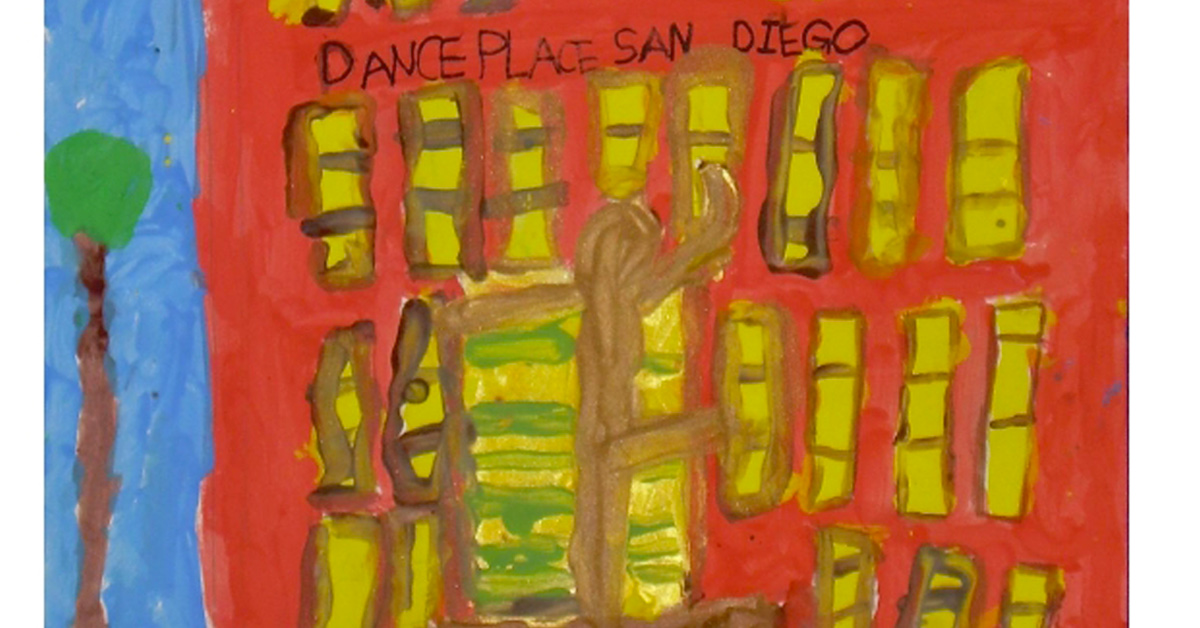
In 1st Grade Community Magazine, questions like “What makes up a community?” and “What is in the immediate community of our school?” are explored.
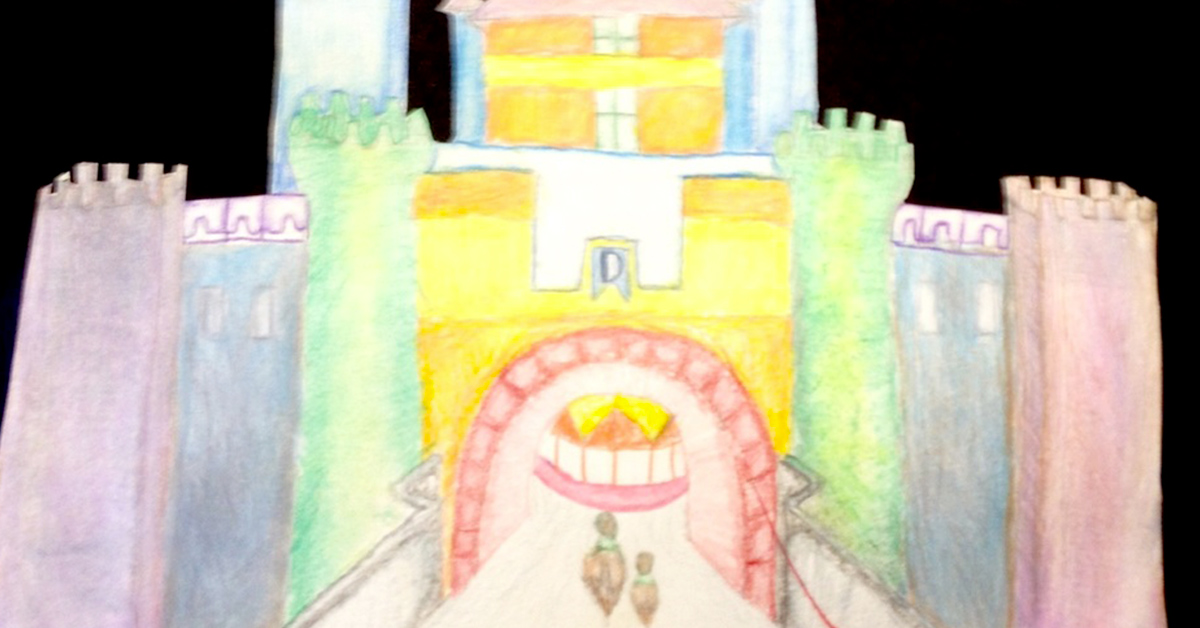
9th grade students had the opportunity to explore themselves through a variety of artistic exercises.
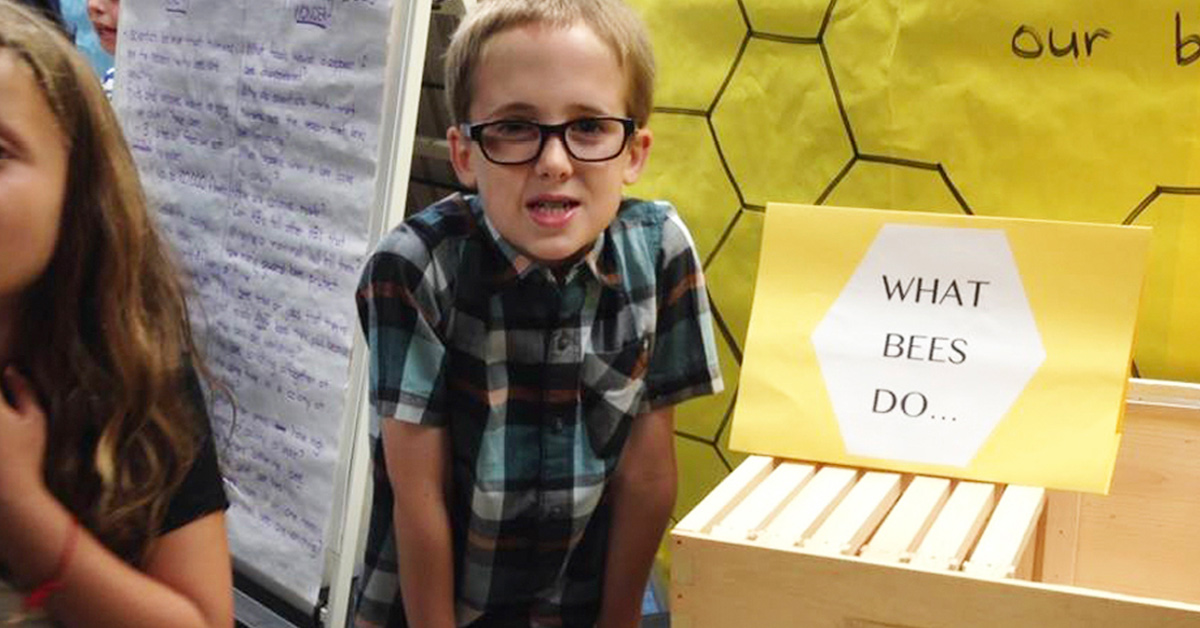
Students investigated the role of bees in our ecosystem, the various ways bees are being threatened, and wrote and performed plays about some aspect of what they had learned.
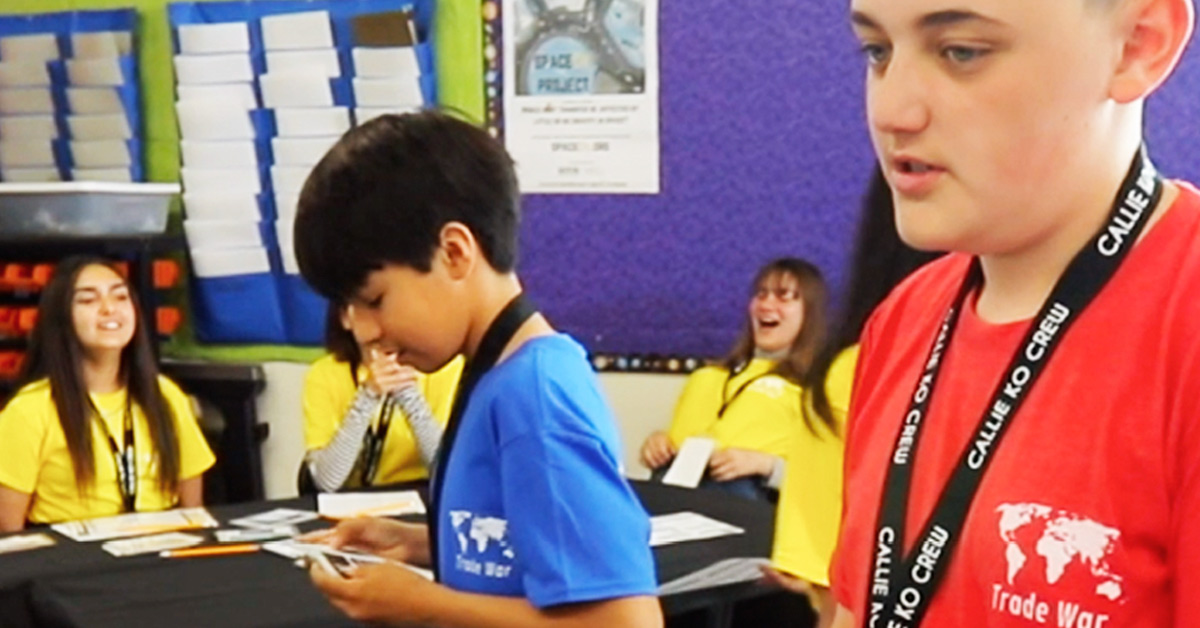
Students played a game called MUN Trade War, where they used math to model economic and military avenues of international engagement.
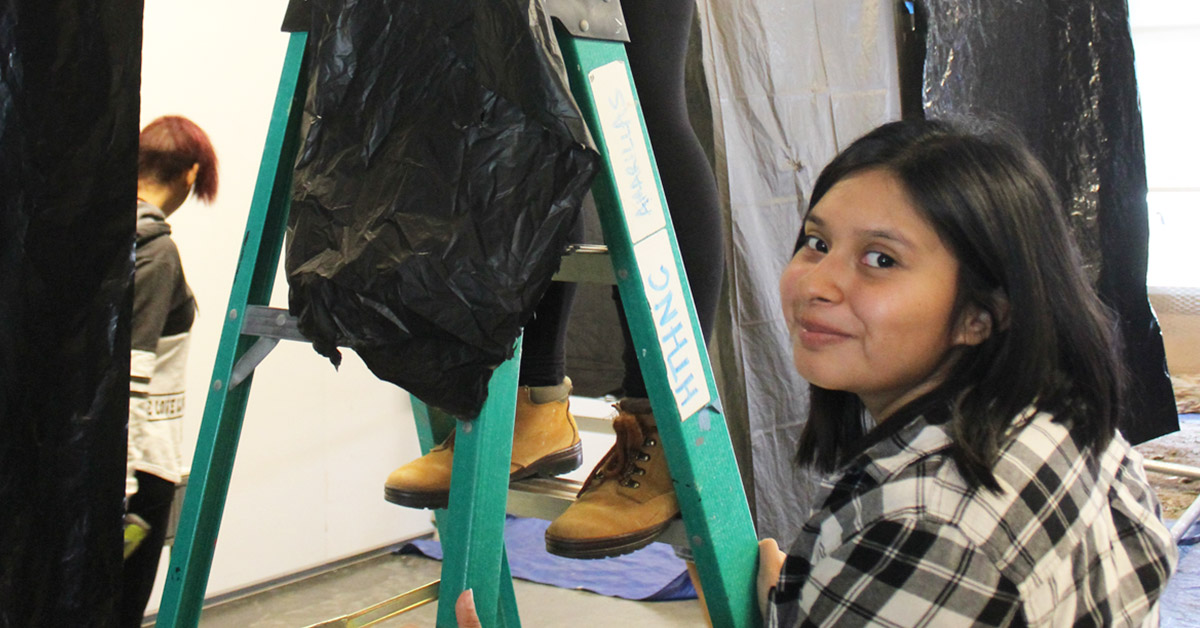
In Free Your Mind: The Ultimate Escape Room, students designed escape rooms that would challenge participants’ implicit bias by incorporating content related to attitudes about age, race, gender, sexuality, and mental health in each escape room puzzle.
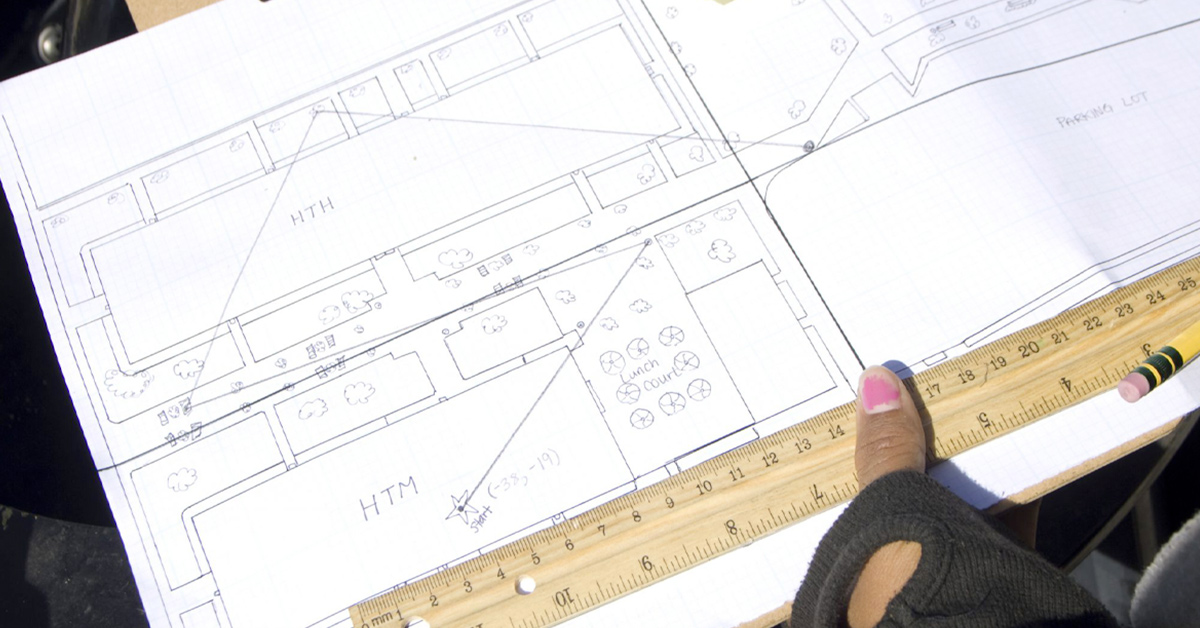
It was not your typical treasure map, but the students were excited nonetheless.
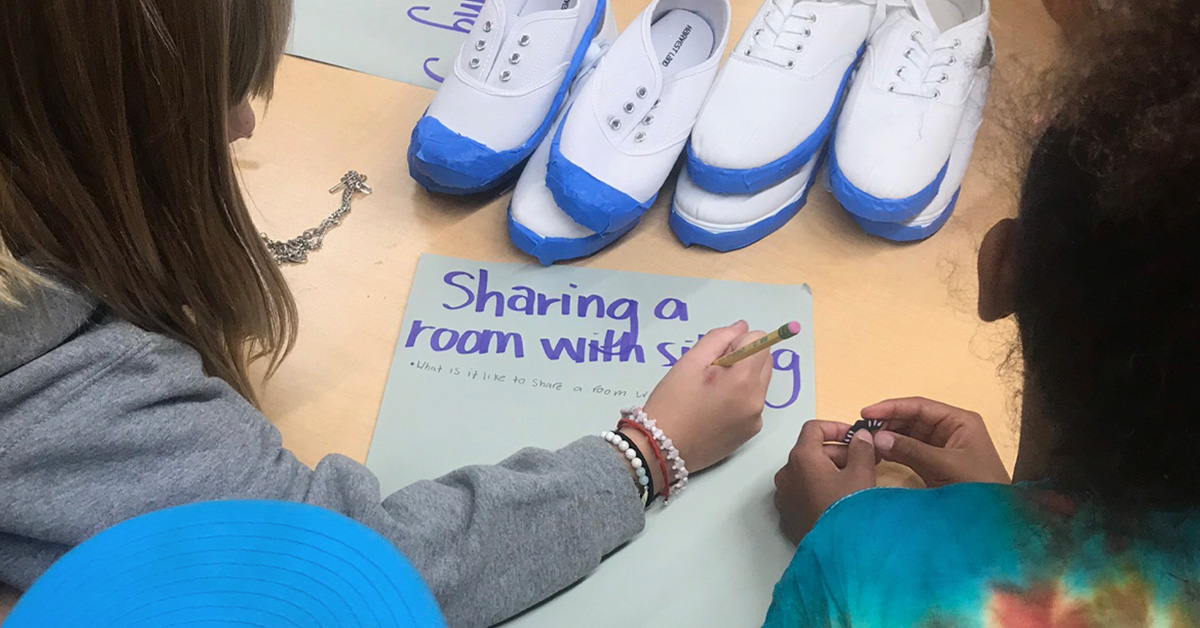
Students learned about shoe design before creating their own in order to explore them as a point for a study of identity and diversity.
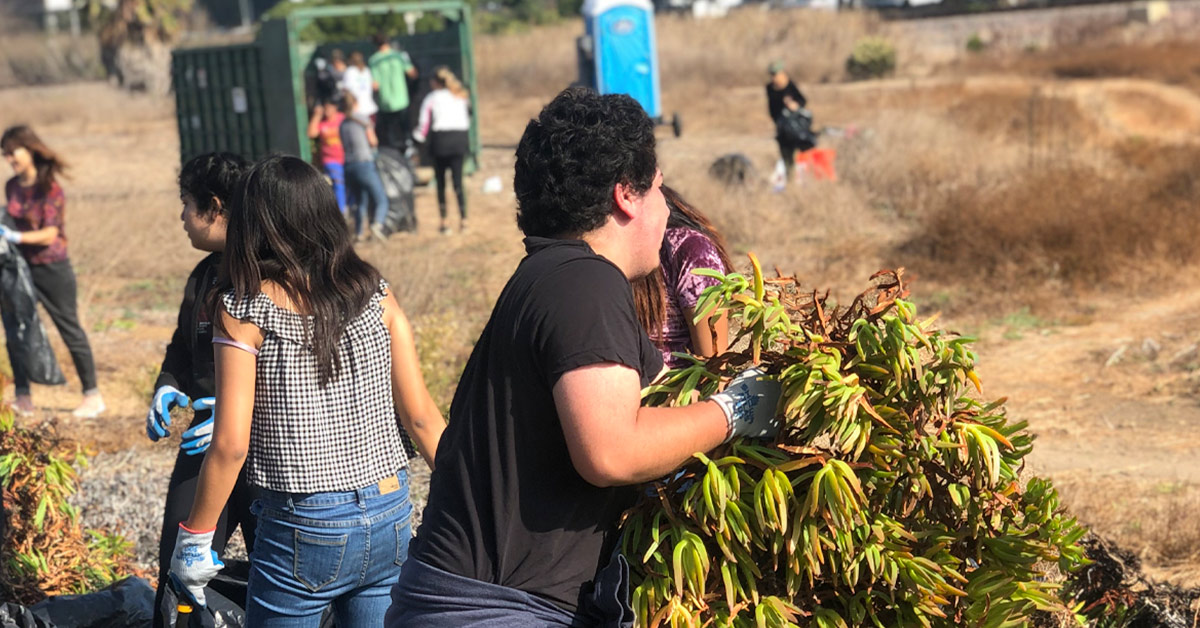
What are Earth’s biggest biological issues and how do they affect our local community?
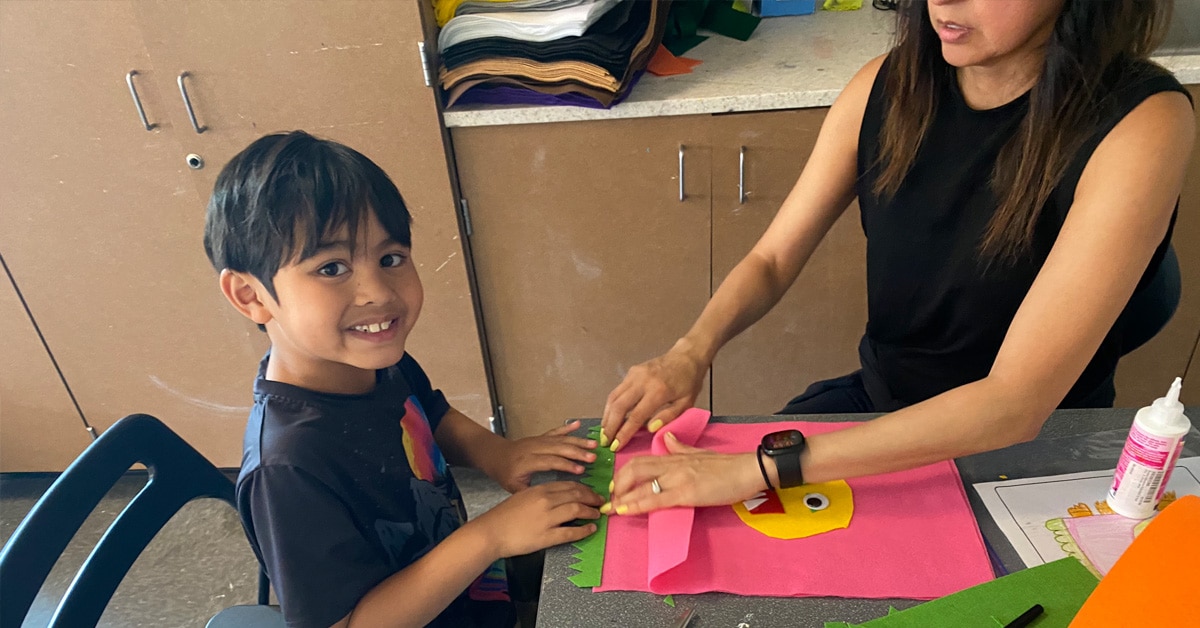
Through the exploration of Social Emotional Learning, First Graders will learn to identify their feelings and which emotions they are grappling with.